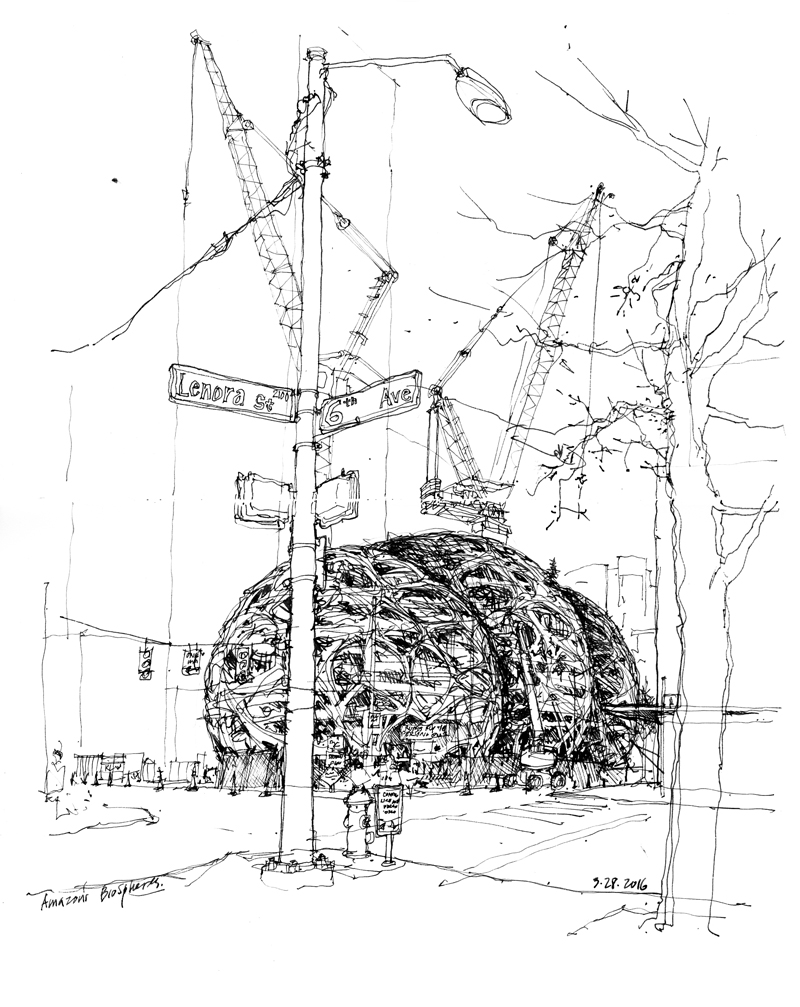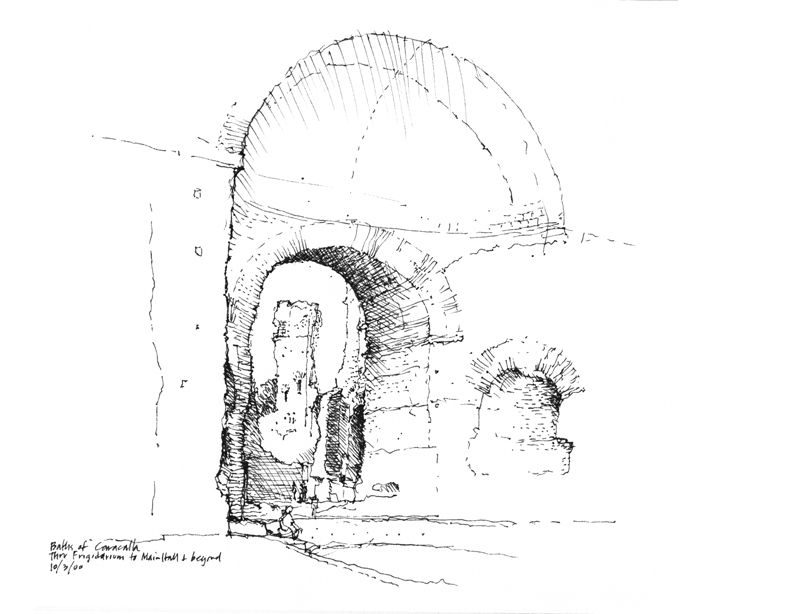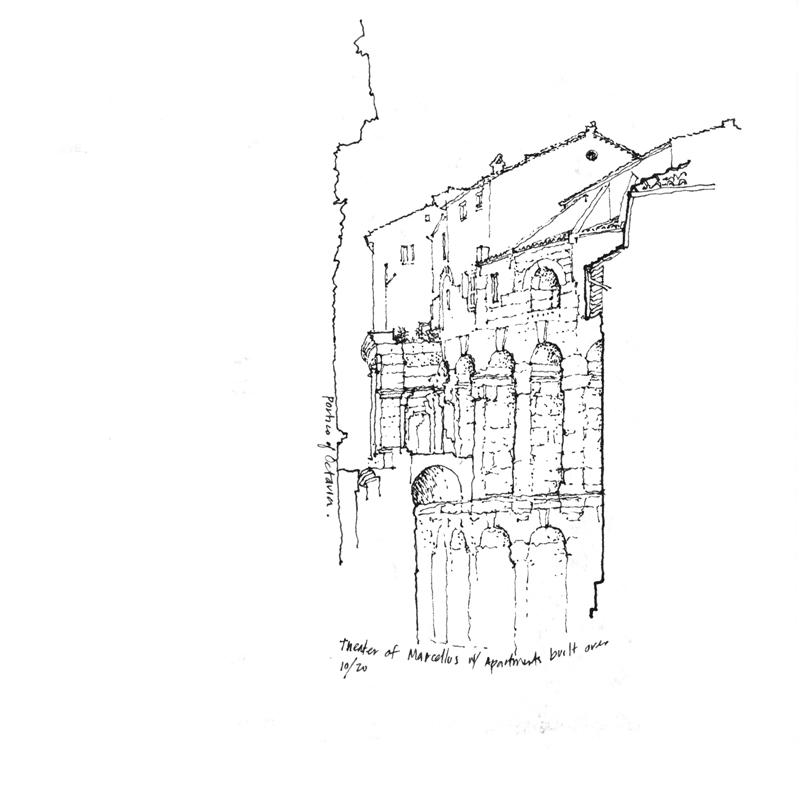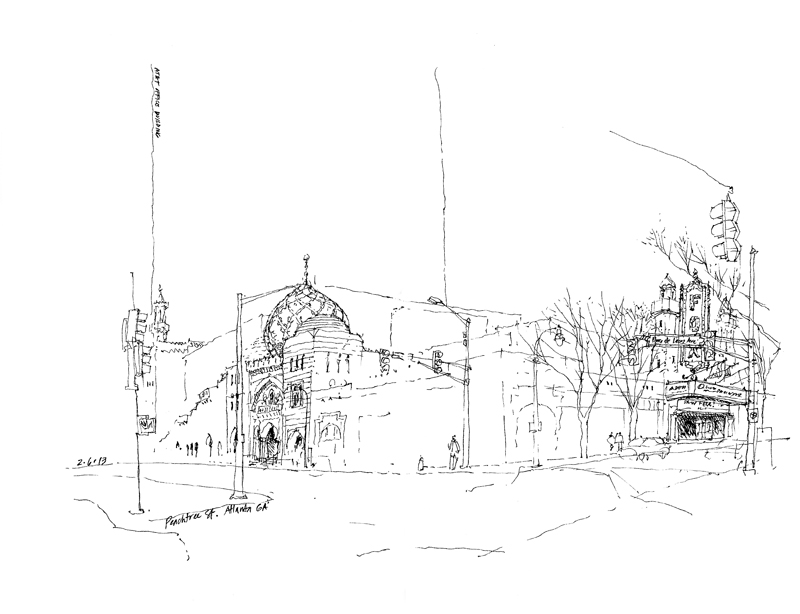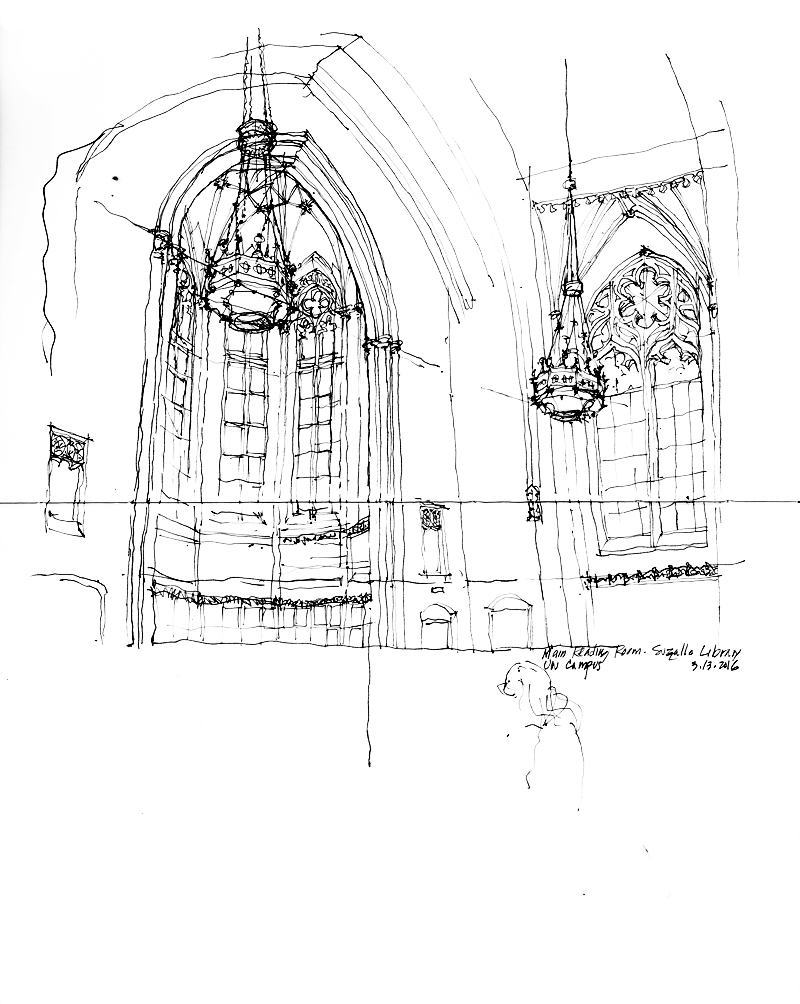At the heart of Amazon’s urban campus being erected near the Denny Triangle, just north of downtown Seattle, are these three steel-and-glass spheres. The large dome structures, which range from 80 to 95 feet in height and from 80 feet to 130 feet in diameter, contain five floors of experimental spaces for Amazon employees to “work and socialize in a more natural, parklike setting.”
As is typical with projects that veer from the norm, opinions vary as do the descriptors being bandied about—glass orbs, fly eyes, and bubbleators. While some see the spheres as a welcome departure from the geometry of Seattle’s high-rises, others are not as impressed with the audacious display, being more concerned with the public amenities (or lack thereof) being created. Only time will tell.

